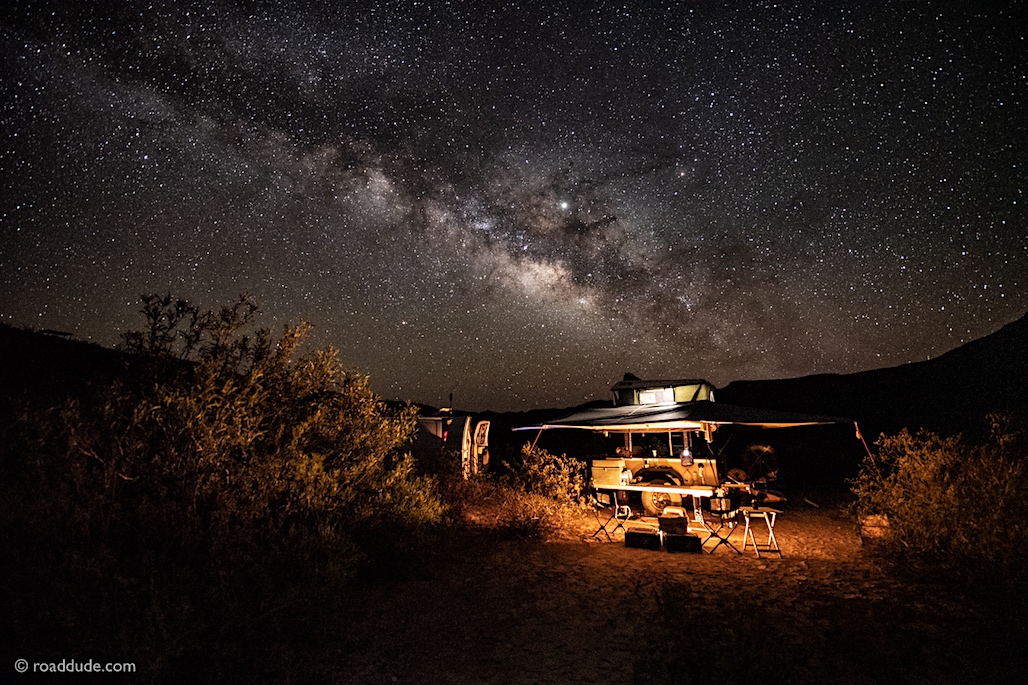It's been interesting discussing this and thinking about the options. The point that just came to me is this: rule #1 for backpacking and hiking clothing is to dress in layers which provides maximum convertibility and the ability to be cool or warm in a matter of seconds, depending on the weather. So, why have we all taken a one stop approach to sleeping? A sleeping bag provides the least amount of convertibility- you're hot in it or cold out of it. This is insane.Because the fabric is a tad slippery, especially if you have them piled on each other, I've thought several times of making a thin flannel cover that would fit three or four jungle blankets. That would make a big lofty comforter. Let me know if you sandwich one of them between flannel and how that works for you.
On really cold nights I've used up to three jungle blankets on top of the cheap sleeping bag. For the money (keep an eye on the pricing, it goes up and down), you can buy a few of them and still be less out of pocket than many high-end sleeping bags.
Stay safe, stay clean, stay healthy!

Roaddude - On the Road In North America - ROADDUDE
Roaddude - Traveling Photographer/Writer/Artist On the Road In North America. Gear, reviews, people, places, and culture.roaddude.com
I bought a Jungle Blanket. I plan to layer it with a flannel sheet underneath, a heavy quilt or Pendleton on top with the option of using a sleeping bag liner if the need arises. This system should provide enough warmth during the High Sierra camping months of June- September. October brings colder weather into the teens, so my Nemo bag used as a quilt might be necessary. We shall see!






